A Basin of Water and a Wet Cloth
Since plumbing didn’t exist during the colonial era, full-body baths were not expected from the colonials. The only people that ever received such a luxury were children, and it wasn’t given to clean them, instead, to harden them.

As for adults, they usually bathed by wiping the dirt off their bare skin with a cloth dipped into a pail of water. It’s similar to how you’d wipe stains off your shelf.
Outhouses
This fact might be obvious, but during the colonial era, houses had outhouses nearby, and chamber privy pots indoors for excretion. Unfortunately, these chambers were emptied by throwing their content out the window whenever it was full.
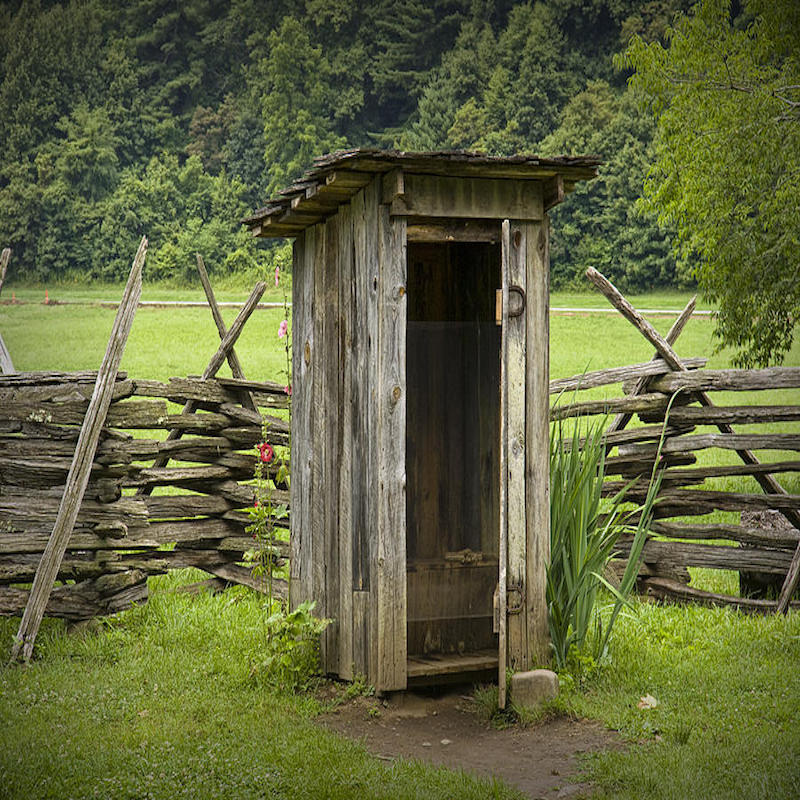
Sadly, these human waste found its way into streams, lakes, and rivers, resulting in the contamination of drinking water and spreading of diseases. This lack of an efficient disposal system led to the death of many colonials.
Ear and Teeth Cleaning Tool
Archaeologists recently uncovered a silver earpick that dates back to the 17th century which was most likely used to clean the ear, nails, teeth, and many other body parts.
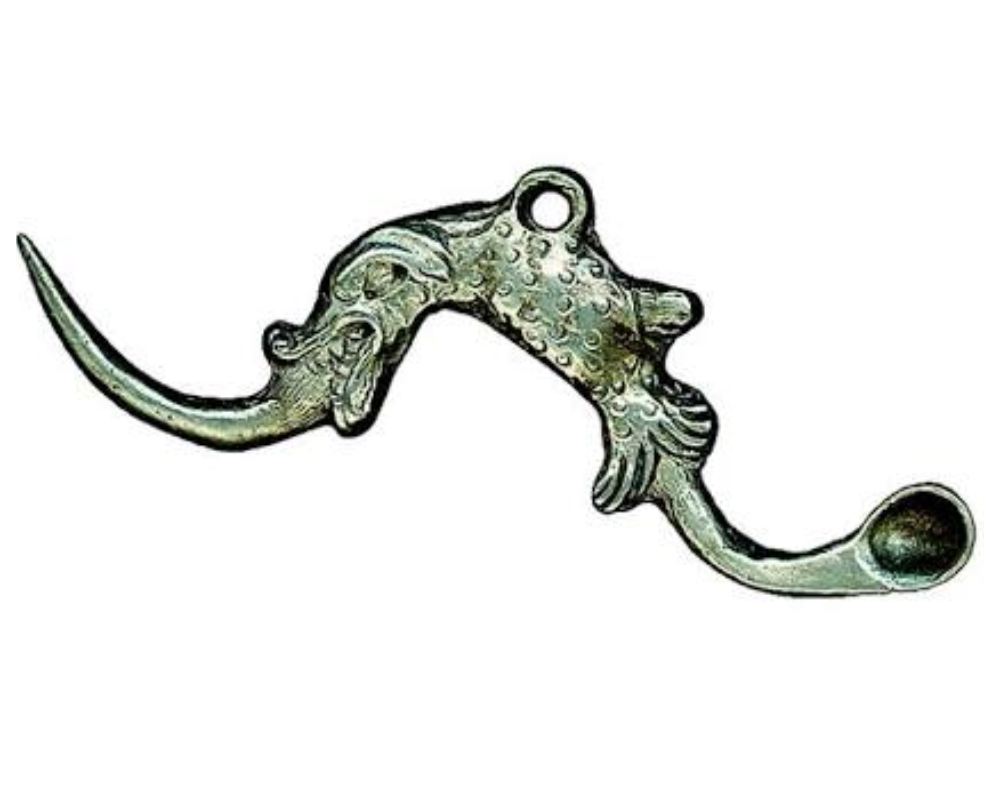
You might think that this tool has only one useful part; however, it comes with several points for various tasks. The primary end is a scooping tool, while other smaller sections can be used to clean several parts of the body like the fingernails and teeth.
Powdered Wigs
Photos and paintings of the colonial era often depict men from the upper class with white wigs. Well, history reveals that these headpieces have quite a story.

Lice infestation was a common problem in the colonial era, and the best solution was to shave your hair and cover the baldness with a wig made from animal fur. However, these Wigs also attracted lice and other insects because of the pomade and products used to treat them. It was a literal war on bugs.
Soap for the Dishes and Laundry
Unlike today, bathing soaps were a luxury possessed only by wealthy colonials. The only detergent available to commoners was Lye soup – made from a mixture of animal fat, ash, and lye.
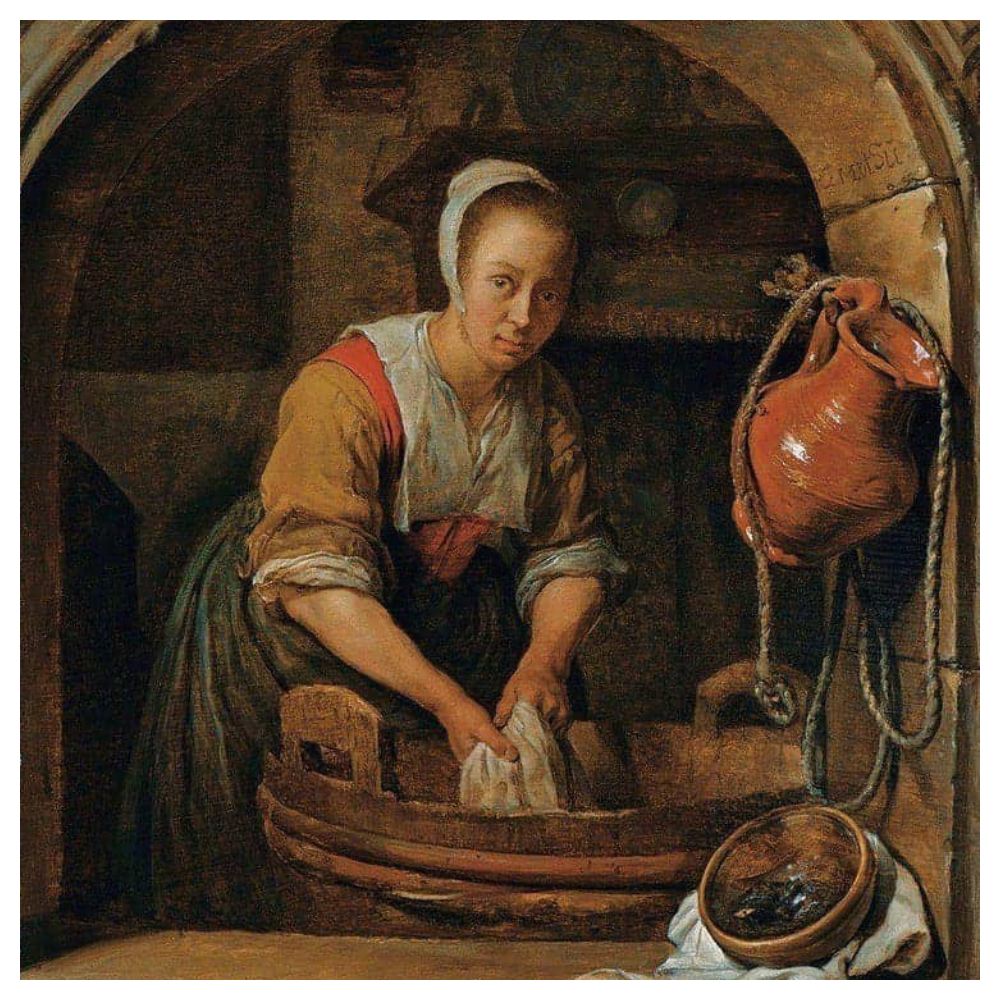
Unfortunately, this soap was too harsh for regular bathing and too expensive to waste that only the dishes and the dirtiest laundry – underwear, diapers, and aprons – were qualified for washing. This attitude shouldn’t be surprising since the colonials didn’t care much about hygiene.
Shaving Was Exclusive to Men
The majority of men weren’t interested in trimming hair from any part of their body until the late 18th century. During that time, barbers were primarily men of color who only rendered services to individuals of the same gender.
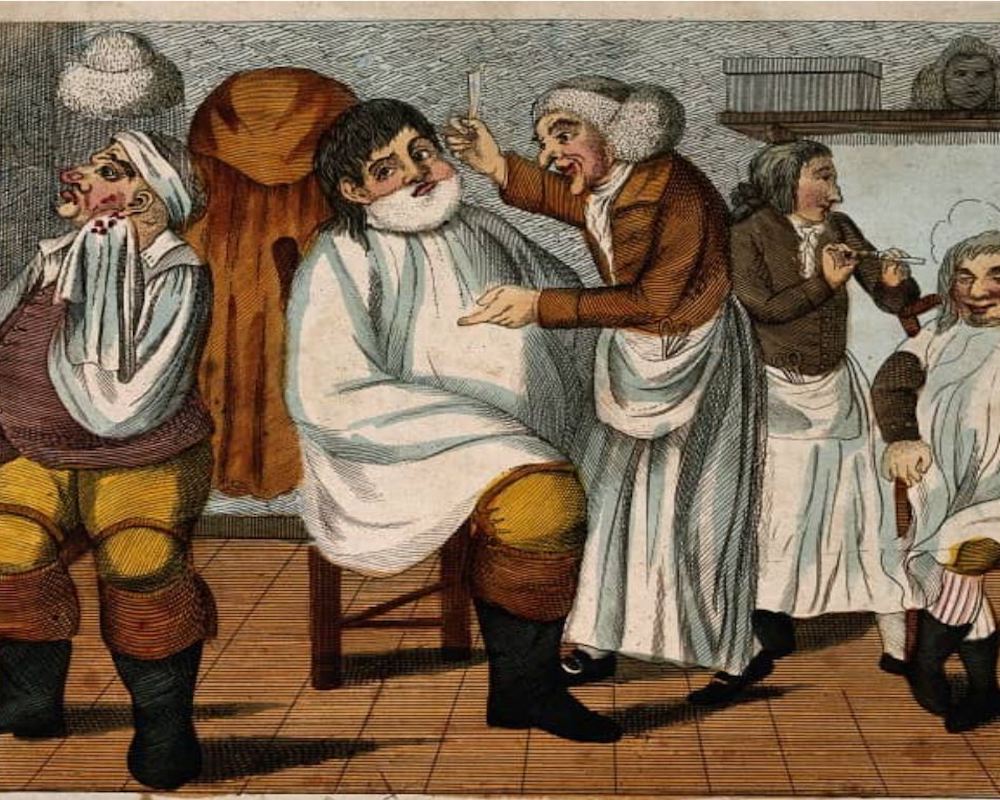
As for women, there is no evidence revealing that they shaved. The possibility of women shaving by themselves is low since they risk having a bloodbath if the procedure is done incorrectly.
Settlers Complained About “Vermins”
Upon visiting Jamestown, Captain John Smith instantly became disappointed with the environment because it was infested with what he describes as “noisy creatures” – mostly flies, mosquitos, lice, and cockroaches.

The colonists also battled with lice and fleas as they were a daily discovery on garments. Some missionaries like George Henry Loskiel complained about a massive bug that’s locally dubbed “living ashes” because it’s bite stings like a hot coal.
Dysentery Was Common
As I mentioned previously, there was no proper sanitation, and outhouses were often near water sources. Therefore, disease was the norm of the day throughout the colonies. Children and adults regularly developed illnesses like cholera, dysentery, and typhoid fever.
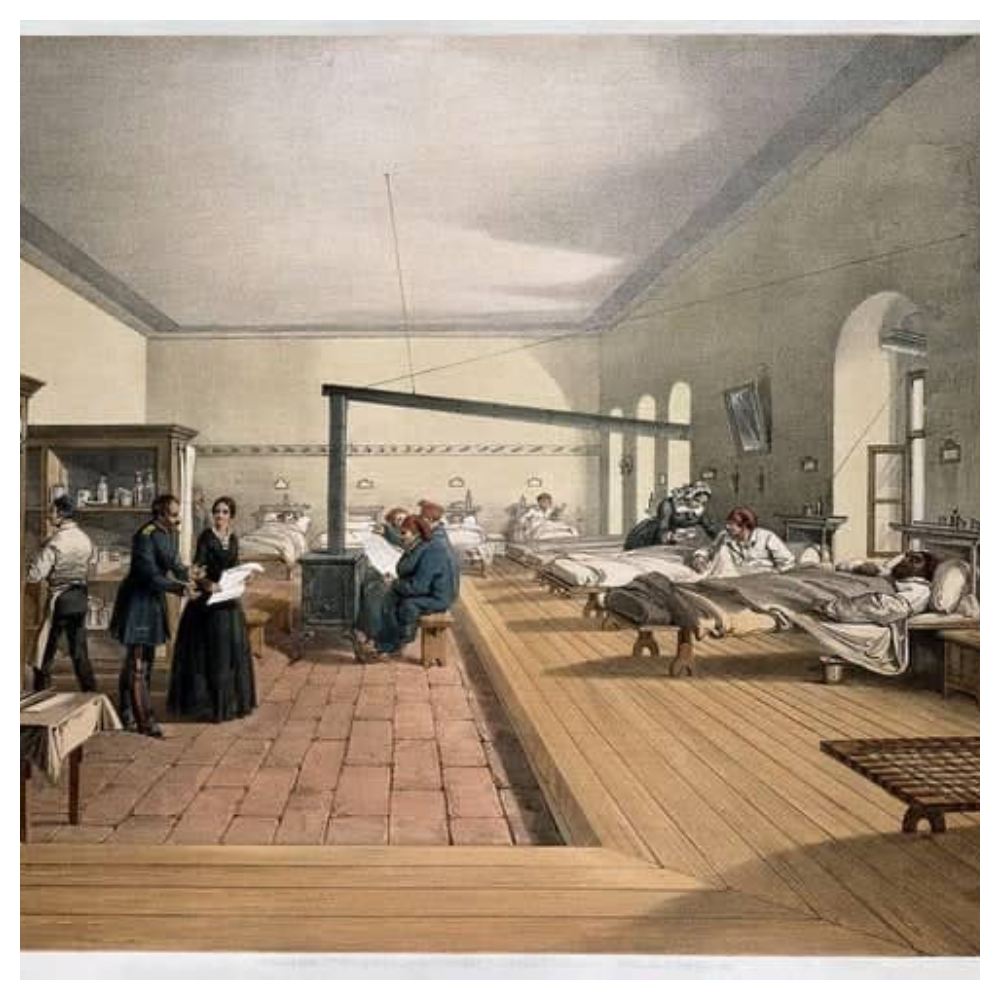
This problem was so significant that it made an appearance in one of the biggest moments in history; nearly two-third of George Washington’s army perished of typhoid, dysentery, influenza, and other infectious diseases.
Female Body Odor
As previously stated, opinions regarding hygiene was not uninform during the colonial era, so people cleaned themselves in whatever way they pleased. Nevertheless, doctors advised women to wash regularly to avoid diseases that might affect their reproductive organs.
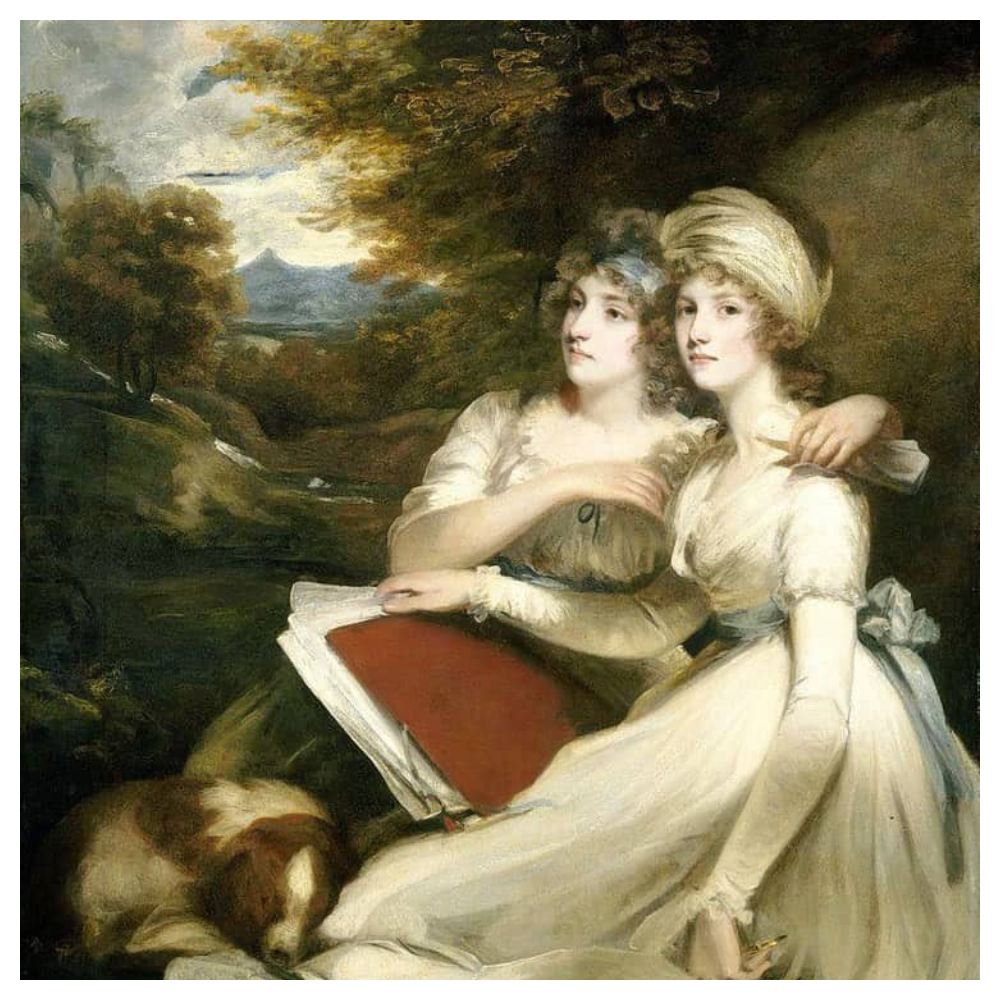
Unfortunately, society didn’t share the same views with the doctors as many – including founding father Thomas Jefferson, who encouraged women (especially his daughter) to defend themselves against men by being offensive to the nose.
Families Bathed in the Same Tub of Water
While bathing wasn’t a daily routine during the colonial era, colonials took some time within the week or month to wash thoroughly. This process required colonists to draw water from the well, warm it with fire, and transfer it to a portable bathtub made of wood.

After all that was done, the family each took turns bathing in the same tub of water. This method wasn’t done by every single American, but it’s a practice that was very common.
Everyone Took the Same Number of Baths
Personal Hygiene wasn’t a big deal during the colonial era, so people – irrespective of their social status – took the same number of baths per year. However, wealthy people wore more oversized robes and had fragrances which contributed to masking whatever body odor they might possess.

On the other hand, poor people couldn’t afford multiple clothes and fragrances, causing them to smell less pleasant that individuals in the upper class. However, this wasn’t a problem since no one was expected to smell rosey.
Toilet Clothes
During the 18th century, the majority of women wore massive gowns with a lot of hoops or bustles. This outfit was challenging to take off; therefore, undressing to use the toilet wasn’t an option.
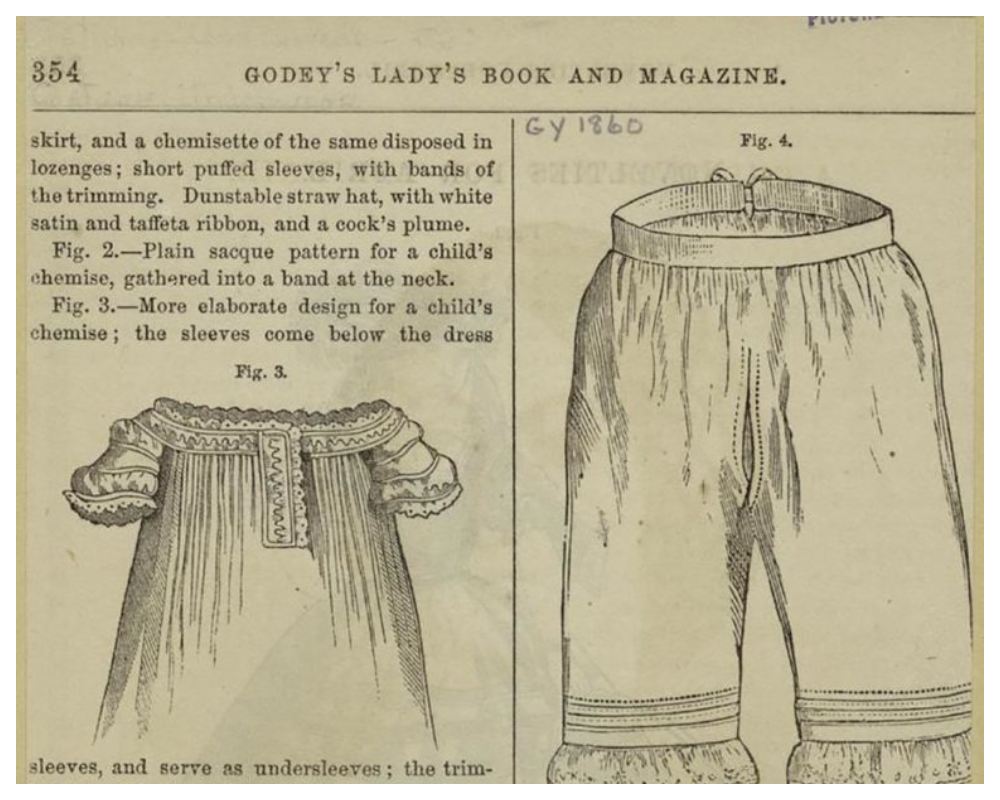
Fortunately, their knickers – underwear – had a split crotch area, allowing the women to hover over the pit latrine or bowl and ease themselves down instead of undressing completely. Obviously, the women had to be careful while executing this procedure to prevent themselves from making a mess.
Once a Month Wash
Due to religious influence, a woman’s hair was considered to be her “crowning glory”, therefore, the longer and healthier it looked, the better.
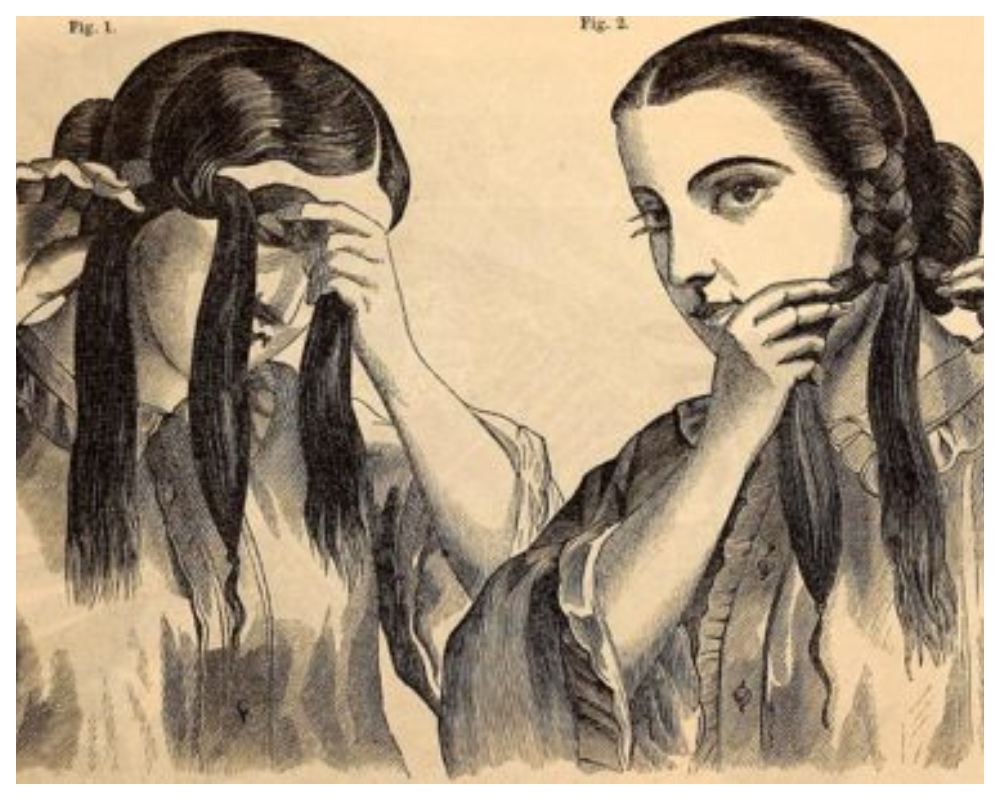
However, their method for keeping the hair healthy involved washing it only once a month – twice, if one has overly oily hair. This routine was used to preserve the hair’s natural oil as detergents often left the hair and scalp dry. This dryness was due to the detergent being made with a harsh substance called “Lye”.
People Preferred to Mask Their Body Odor
Since bathing wasn’t a popular component of the colonial era, people considered alternative methods to go about their day without smelling terrible.
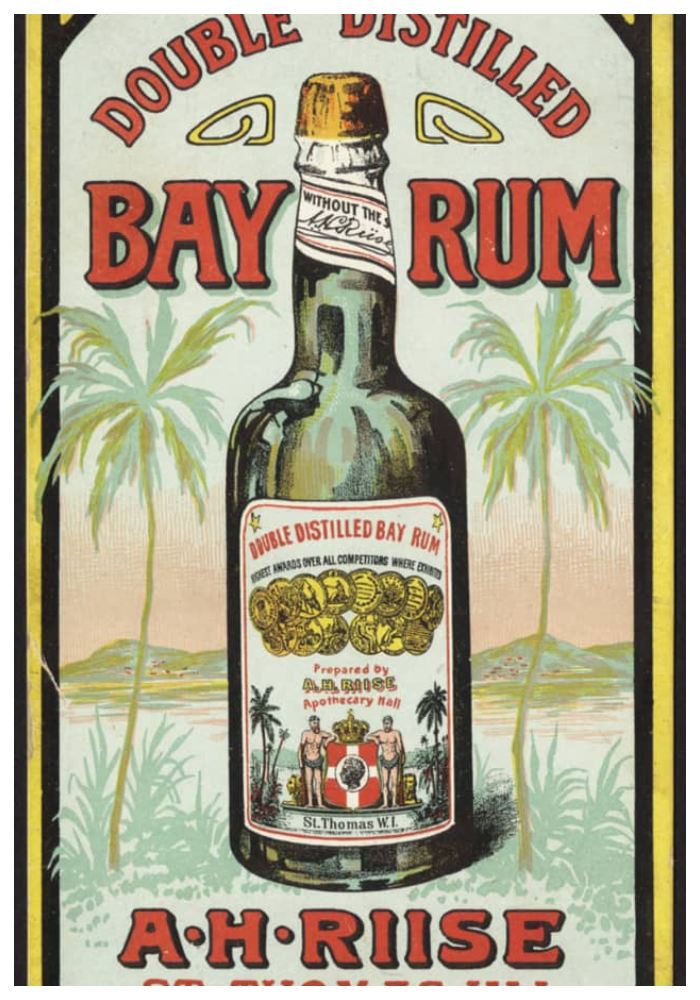
For prestigious women, the best option was to buy either cologne or perfume; while the less wealthy ones opted for cheap scented powder, which also absorbed moisture. For men, the most common solution was bay rum; a unique smell that’s the result of combining spices and perfume with rum.
No Toothbrushes
The toothbrush is an invention that occurred during the mid 18th century, and before that time, people cleaned their teeth using all sorts of methods.
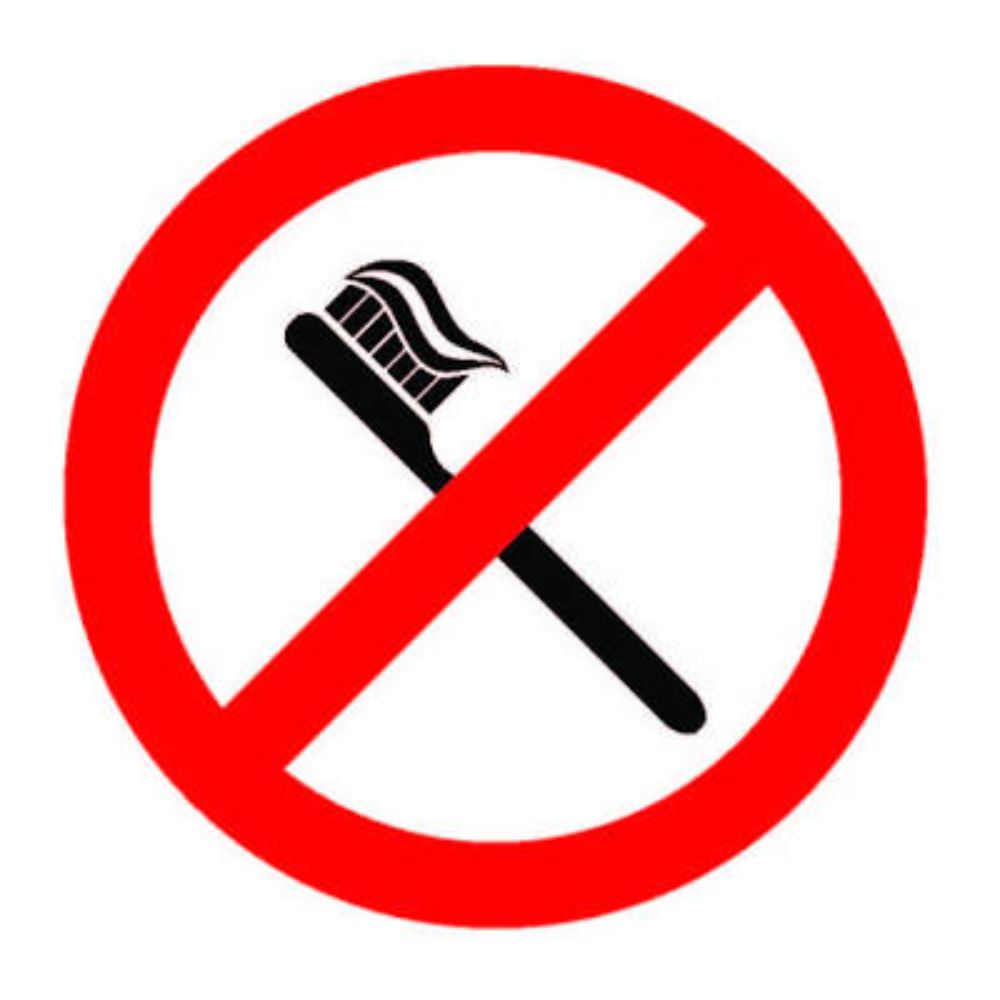
Some included rinsing the mouth thoroughly with water to remove food particles and saliva, rubbing the teeth with a damp cloth, or driving an herbal chewing stick around the teeth to clean the dirt and get reasonably fresh breath. Although these methods were fairly sufficient to clean the teeth, it wasn’t as effective as today’s toothbrush.
Fatal Water
During the colonial era, it was a common belief that exposing one’s skin to excessive water can be fatal because the water will seep into the skin and drown the individual from within. For this reason, people either submerged themselves in water briefly or wore clothes during the process.

Fortunately, this ridiculous belief ended during the mid 18th century as the Enlightenment period revealed the health benefits of exposing bare skin to both water and sunlight; thereby creating a new perspective on the topic of hygiene.
Bathhouses Weren’t Primarily for Bathing
By the mid 18th century, bathhouses were already a part of the citizens’ daily lives; however, they weren’t created for bathing. Instead, they were a type of medicinal cure and a creative way for wealthy individuals to relax during a tedious day.
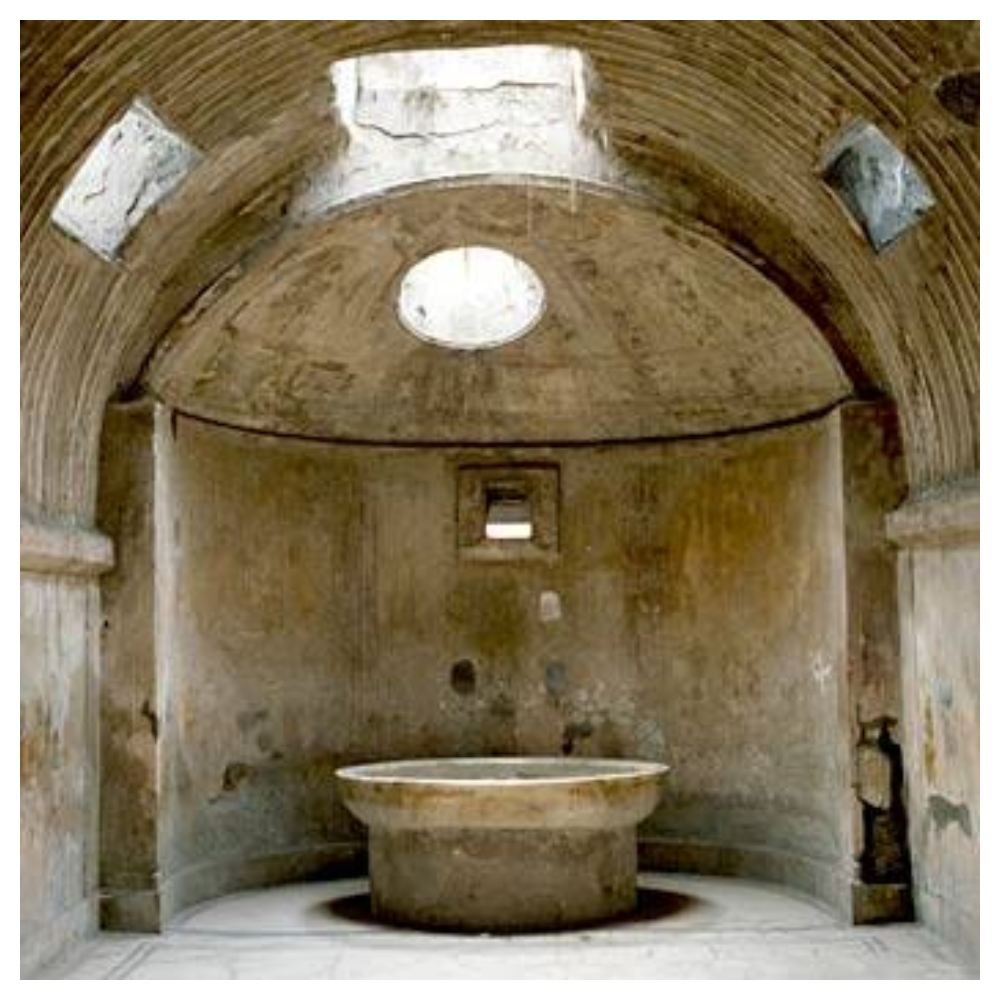
In fact, the royal governor of the Colony of Virginia often used bathhouses to cool off on hot days during the 1770s. Most of these bath chambers were similar to the ones used by the Romans a few centuries ago.
Underwear Cleaned the Body?
Amongst the many beliefs regarding hygiene during the colonial era, the idea that one’s underwear was the agent that cleaned the body was prevalent. Several commoners and wealthy individuals held their underwear in high regards, thinking that it absorbed their body’s impurities.
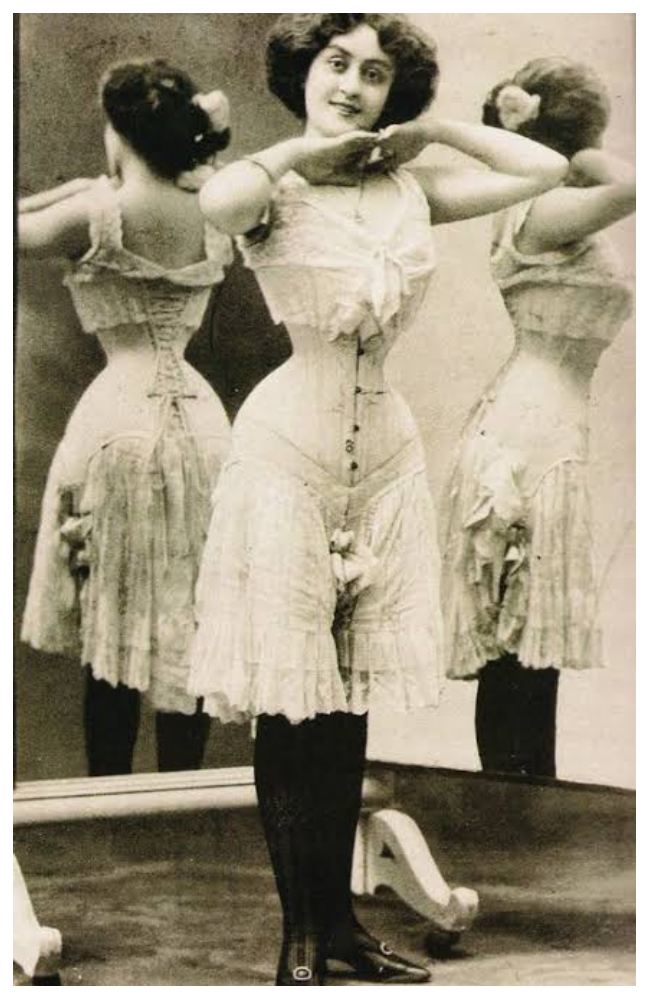
For this reason, people displayed a little part of their linen underwear so that others could see their moral purity. The concept that moral uprightness was measured by one’s attire can also be seen in the clergymen who wore a white color.
Clean Bed Linens
We can admit that the colonial era wasn’t as blissful as it seemed in Disney’s animated movie, Pocahontas, but it gets even weirder further down this list.
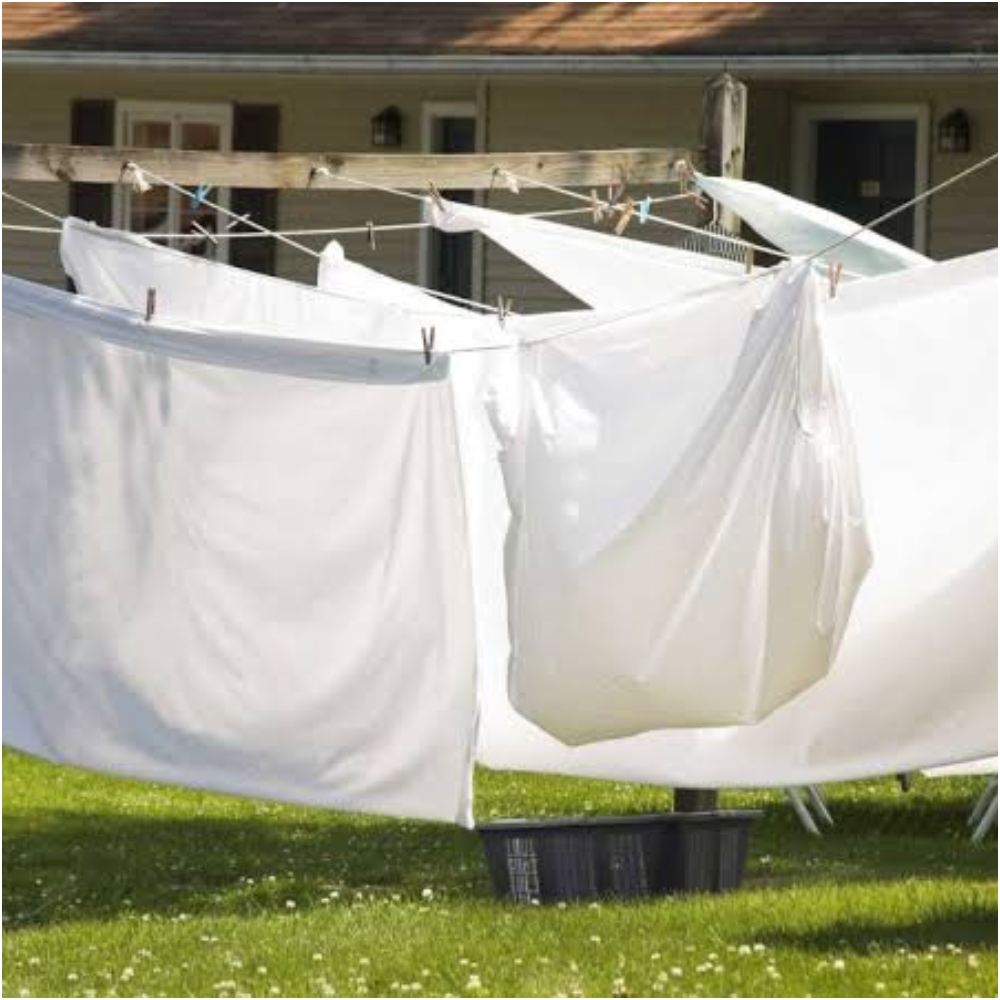
During the 1600s, Puritans thought that the neatness of their bed linens was tied directly to their body’s cleanliness. In fact, the majority considered going to bed without taking off one’s clothes to be unhygienic and immoral. In other words, you’d have to sleep in the nude just to having clean bedsheets.
The Native People’s Oral Health
While the Europeans who came over had poor oral hygiene, the Native people kept their teeth healthy through various methods. These include rubbing charcoal on the teeth, chewing minty herbs for fresh breath, brushing with a chewing stick, and many more.
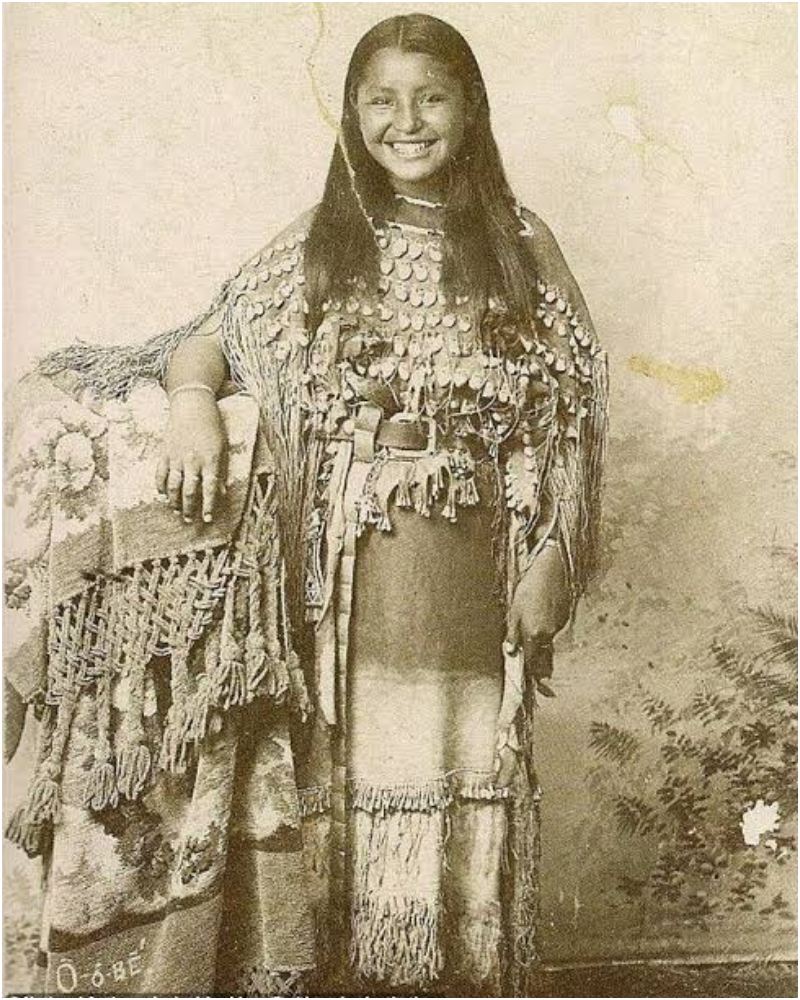
In addition to their poor oral health, the Europeans had a diet that was incredibly detrimental to their teeth. One of the major culprits was their irresponsible consumption of sugar in their tea.
The Native Americans’ Personal Hygiene
Native Americans knew that bathing the entire body is an effective way to stay healthy and protect against diseases. Therefore, they washed openly in streams & rivers and used leaves and other crude methods to scrub themselves clean.
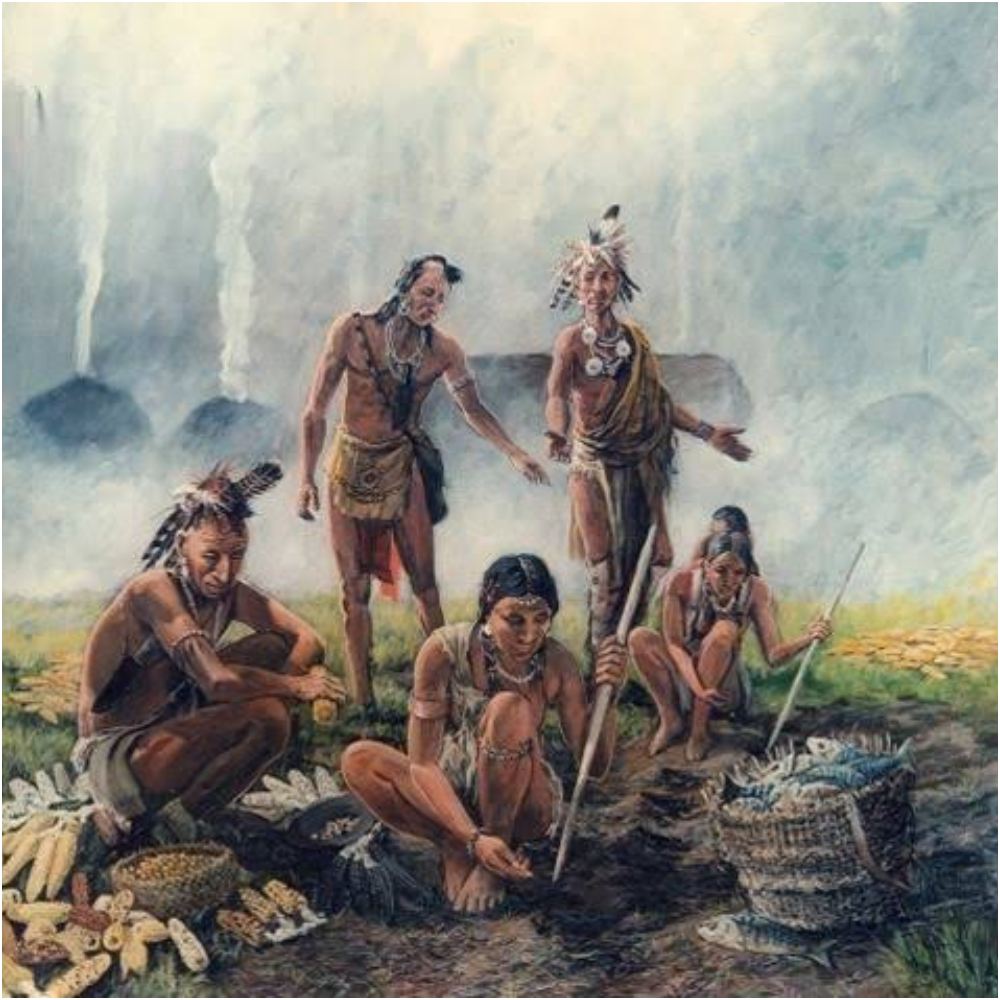
Additionally, they disagreed with the colonials regarding hygiene methods, especially the handkerchief. They saw the item as a disgusting accessory since the idea of carrying your mucus around was unsettling.
European Diseases Wiped Out the Natives
History suggests that European diseases were responsible for killing off 90 percent of the Native people living in coastal New England. These diseases multiplied due to the poor bathing habits of the colonials.
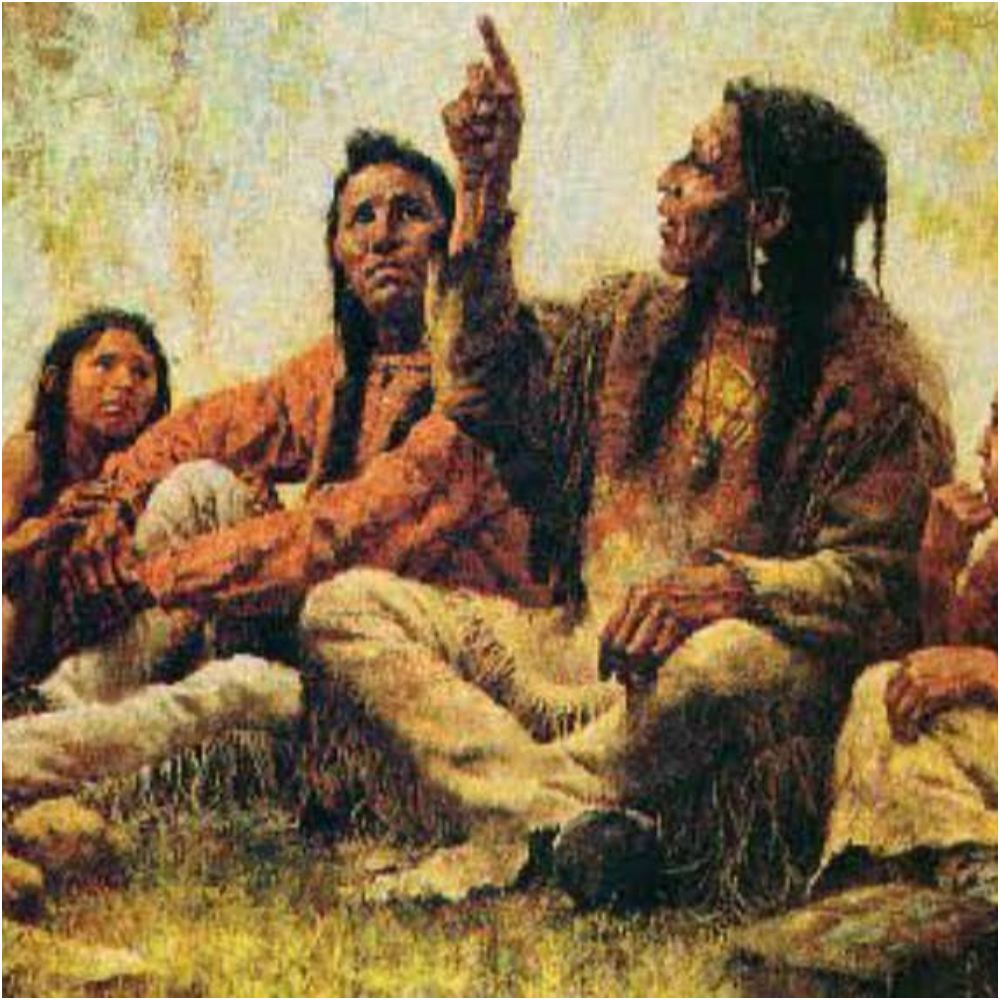
Unfortunately, the disease continued to kill millions of Native Americans for decades after 1620 when the Pilgrims arrived. This historical fact is proof of what poor hygiene and bad sanitation can do if it occurs on a large scale.
Water Was Barely Associated With Cleanliness
It might be impossible to imagine, but Louis XIV is said to have only taken three baths in his entire lifetime. This fact isn’t a surprise since we already established that bathing wasn’t a common practice in the 17th century.
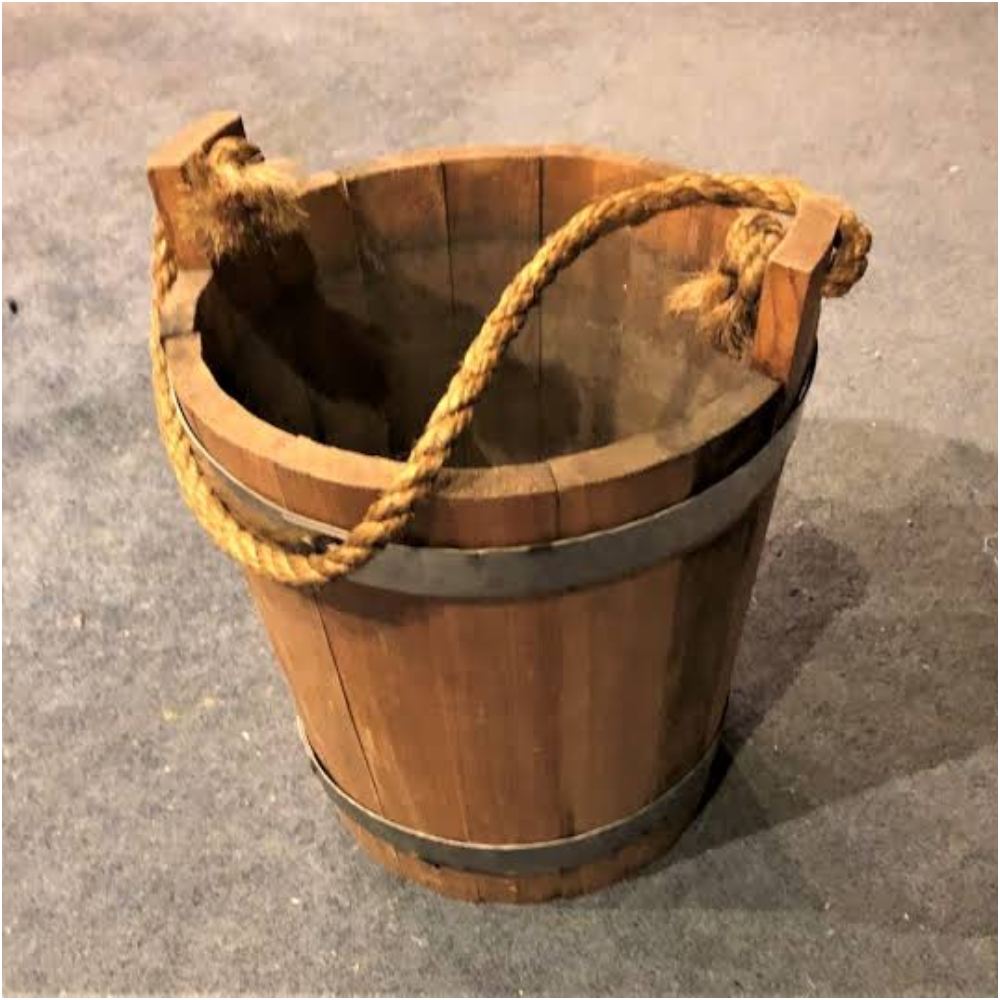
People often washed their hands face, and feet, but rarely submerged themselves into the water. In fact, it was a common belief that undressing completely and submerging oneself into the water was both unhealthy and immodest.
Persuading the Colonials to Wash
The Colonials didn’t produce a pleasant smell due to their poor personal Hygiene. This odor was so repulsive to the Native Americans that they tried persuading them to wash frequently. Obviously, this effort yielded zero results.
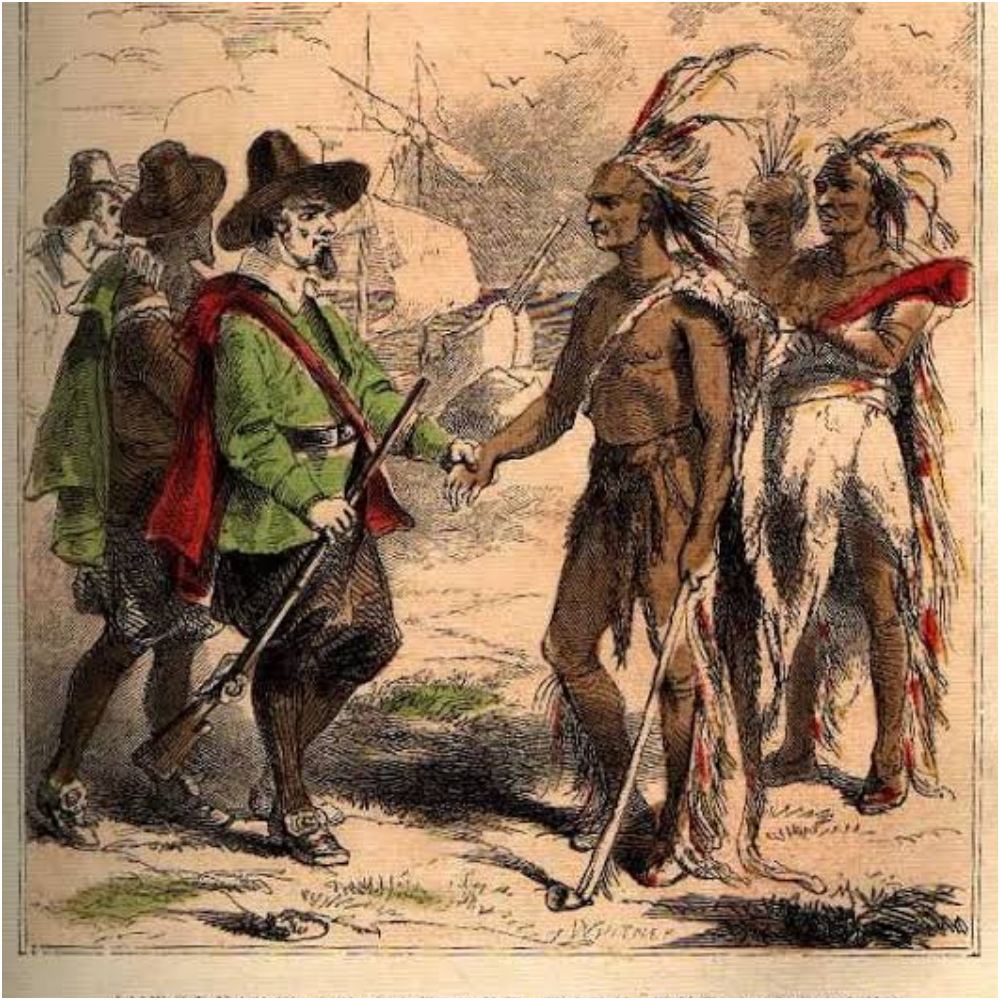
This fact was recorded in a 1965 biography written by a Mayflower pilgrim who recently arrived in Plymouth. If only the colonials had listened to the Native Americans, they would have saved themselves the continuous ailments and deaths.
Syphilis Was a Prevalent Disease
During the 1400s, the Spaniards arrived on the shore of the new world and unconsciously brought Syphilis as well. It didn’t take long for the disease to spread throughout the camp due to their lack of personal hygiene. But, it didn’t end there.
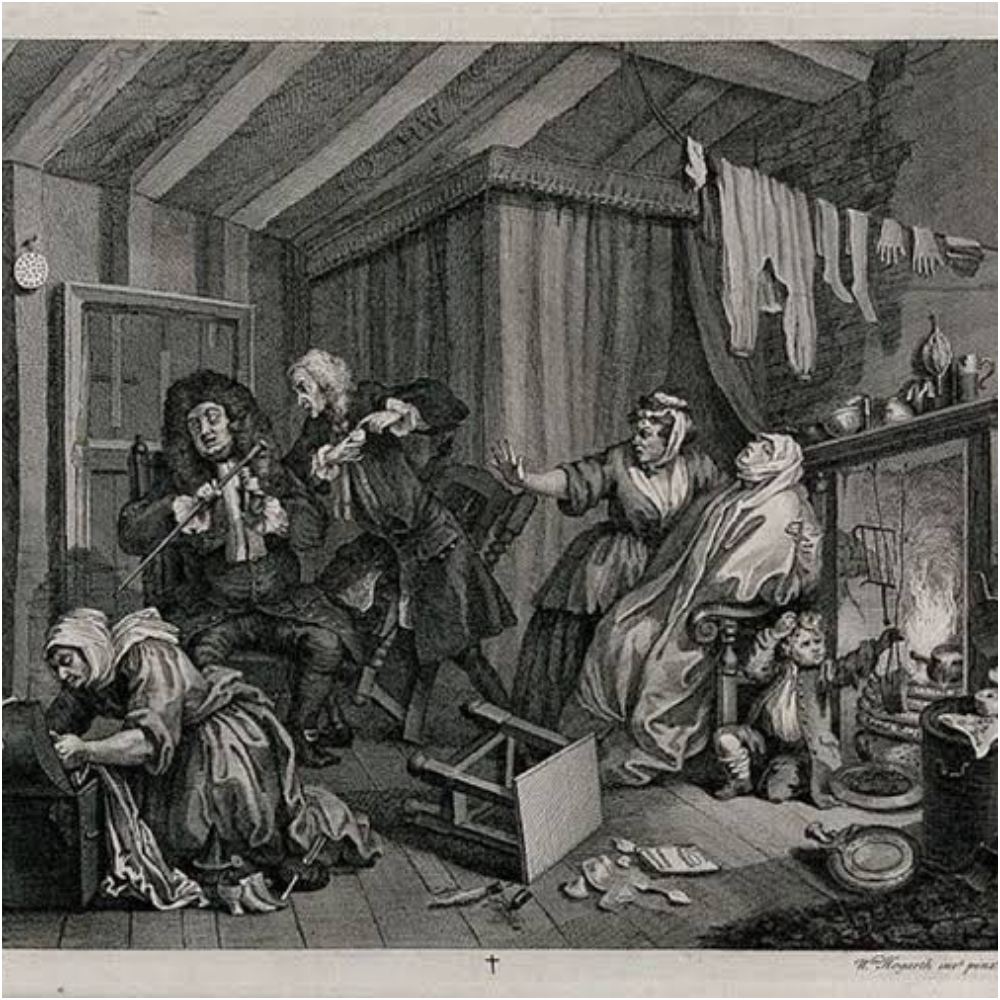
The disease evolved into an epidemic, and since doctors couldn’t do much at that time, it remained the 4th leading cause of death until world War II.
Native Americans Had Healthier Teeth
Since Native Americans had excellent oral health care routines, they had better and healthier teeth than the Europeans whose teeth were stained and corroded.
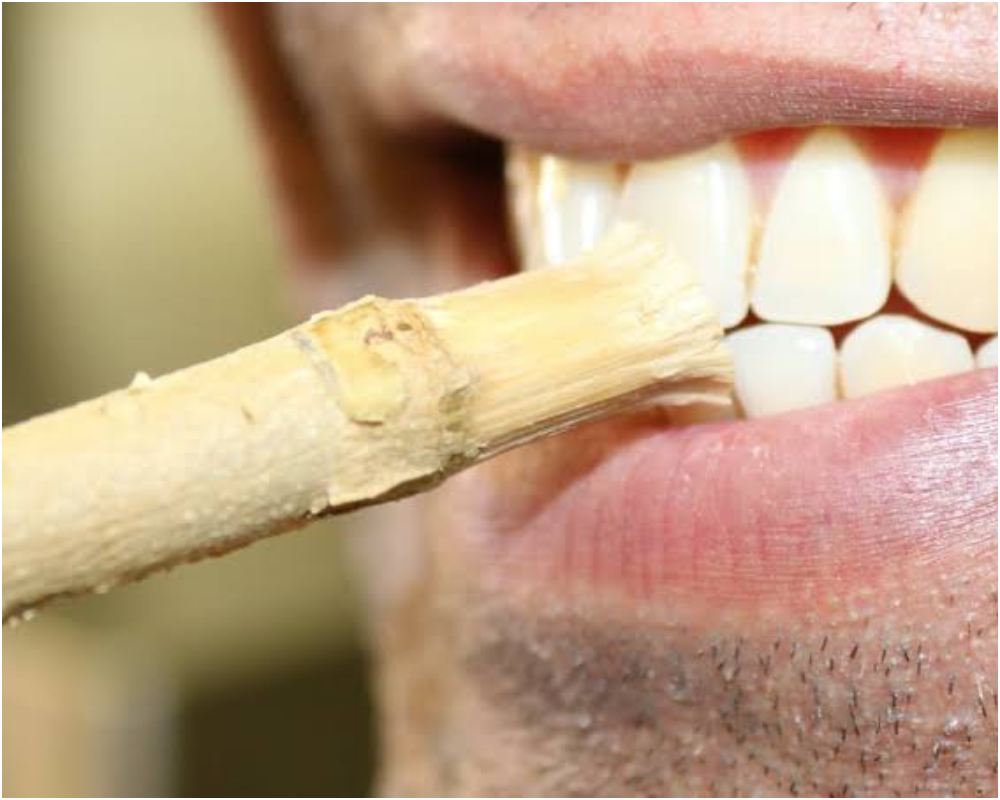
Their teeth were so healthy that they could be traded for money to wealthy colonials – like George Washington – who needed a new set of dentures. Speaking of Washington, the rumors regarding his wooden teeth are false; his teeth consisted of gold, metal, and other non-organic materials.
Poor Conditions Resulted in Medical Progress
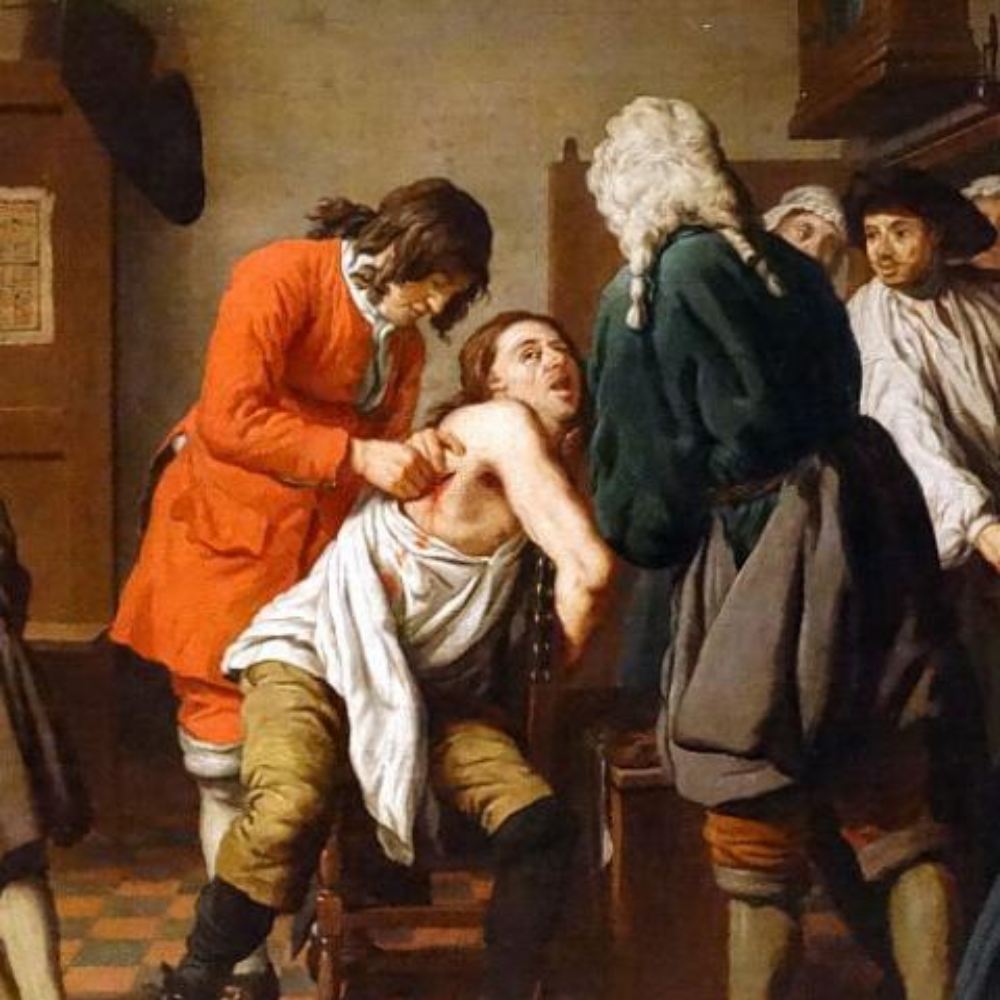
Due to the increased spread of diseases, doctors had to invent faster and more effective methods to cure patients. Additionally, surgeons became more efficient – due to the war – as there was no shortage of patients to test and refine new methods.
Infants Weren’t Bathed for Cleanliness
Modern-day hospitals consider it compulsory to bathe newborn babies for cleanliness and the prevention of potential bacterial growth. However, things were slightly different for mothers in the colonial era.
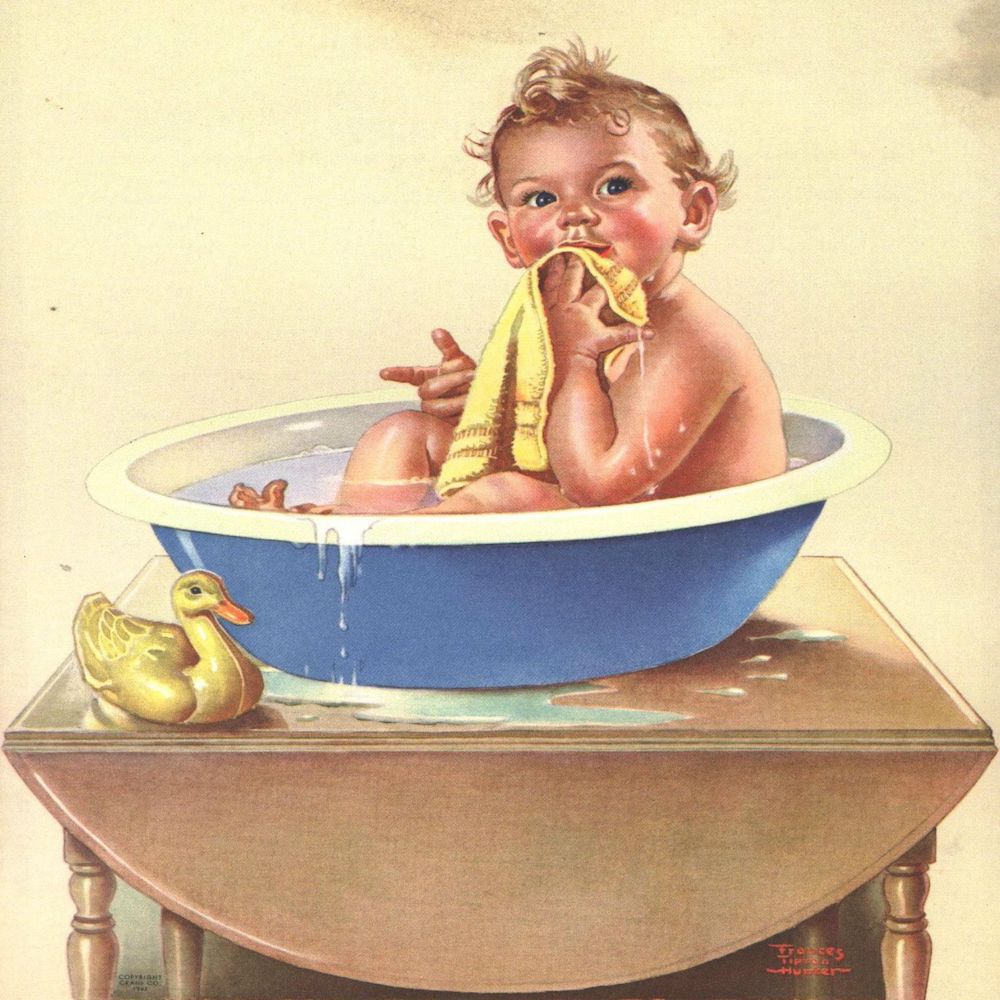
Although mothers in the colonial era bathed their children regularly, their aim wasn’t to clean the child but to “harden” them against future diseases and other ailments. In other words, they thought bathing their children worked like a vaccine or a form of immunization.
Women Couldn’t Shave
As previously mentioned, shaving in the colonial era was the job of professional barbers who were also men of color, and no one dared to shave for fear of having a bloodbath. This unfortunate fact made shaving – for women – almost impossible, resulting in them trimming their hair by plucking them off.
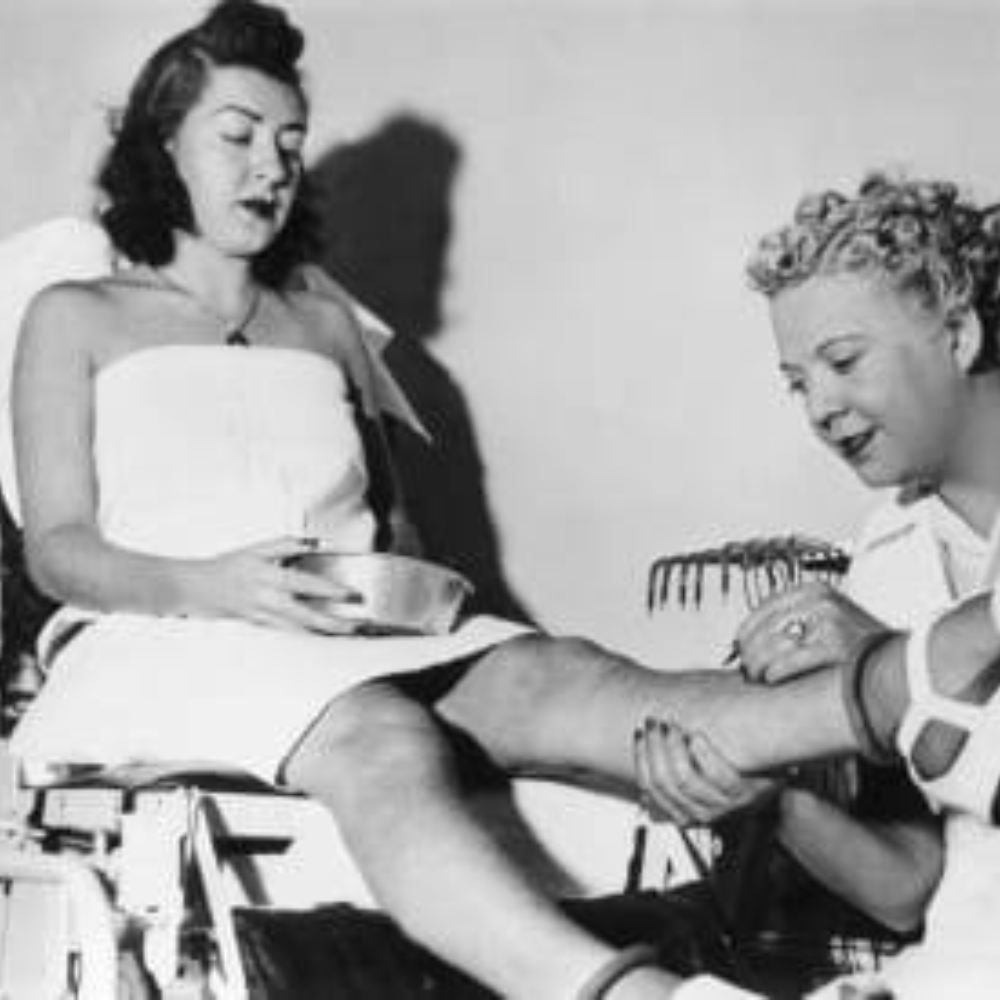
They also used depilatory creams made of limestone and arsenic to remove hair from unwanted places. While some women just left the hair to grow continually, which wasn’t a problem since they were always fully clothed.
The Cure for Baldness
Similar to today, men from the colonial era sought many ways to save their gradually balding heads. One standard method was to rub a mixture of chicken poop and potassium on the head to stimulate hair growth. Talk about desperation!

Rest assured, the method was grossly ineffective, and you can tell by the bald patches on the heads of many men throughout history – like William Shakespeare. One can’t help but wonder how long it took before they realized its ineffectiveness.
Strange Cough Remedies
Before the continuous flow of patients that caused the development of medicine, doctors tried to cure coughs with a concoction containing one pound of sugar and one pound of active snails. Not snail slime, but living, breathing snails.
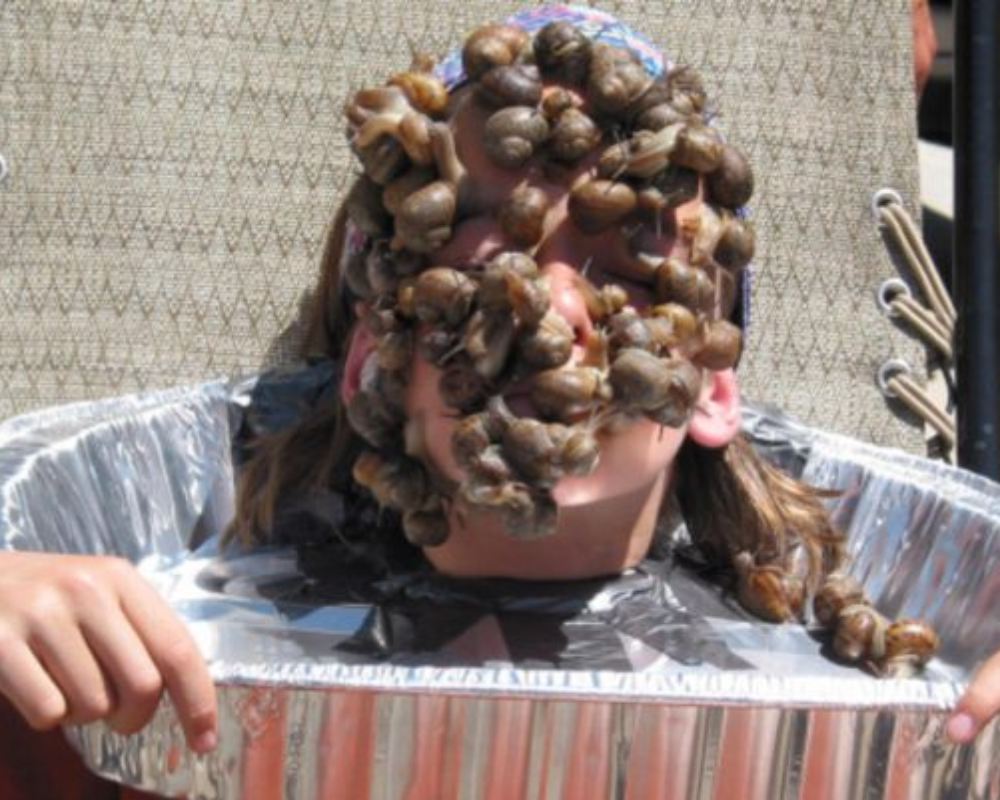
They believed that the slime would coat the walls of the throat; therefore, curing the cough completely. But similar to the previous remedy involving chicken poop and potassium, this strange method was ineffective as well.
Crocodile Dung as a Contraceptive
Among the many mythical birth control methods, crocodile excrement ranks high on the list. It involved fertile women molding the reptile’s dung and inserting it into their baby maker to prevent unwanted pregnancies.
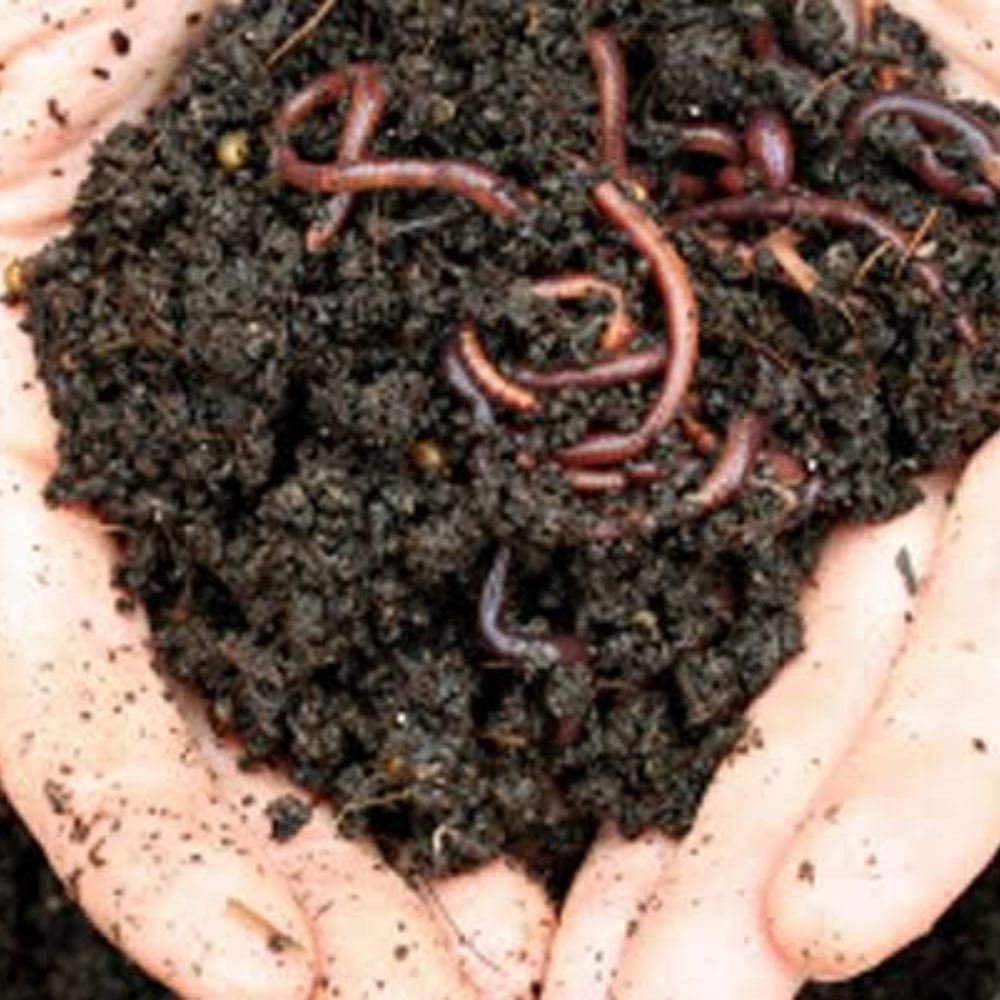
This laughable method was a common practice among young women and married mothers in search of ways to prevent fertilization. Fortunately, medicine stepped into the picture and opened people’s eyes, causing the procedure to gradually become irrelevant.
Makeshift Sanitary Pads
Women are undeniably a special creation and they need to receive extra special care monthly. Unfortunately, since sanitary products are a modern invention, women in the colonial era had to make their tampons and pads with materials in their immediate environment.
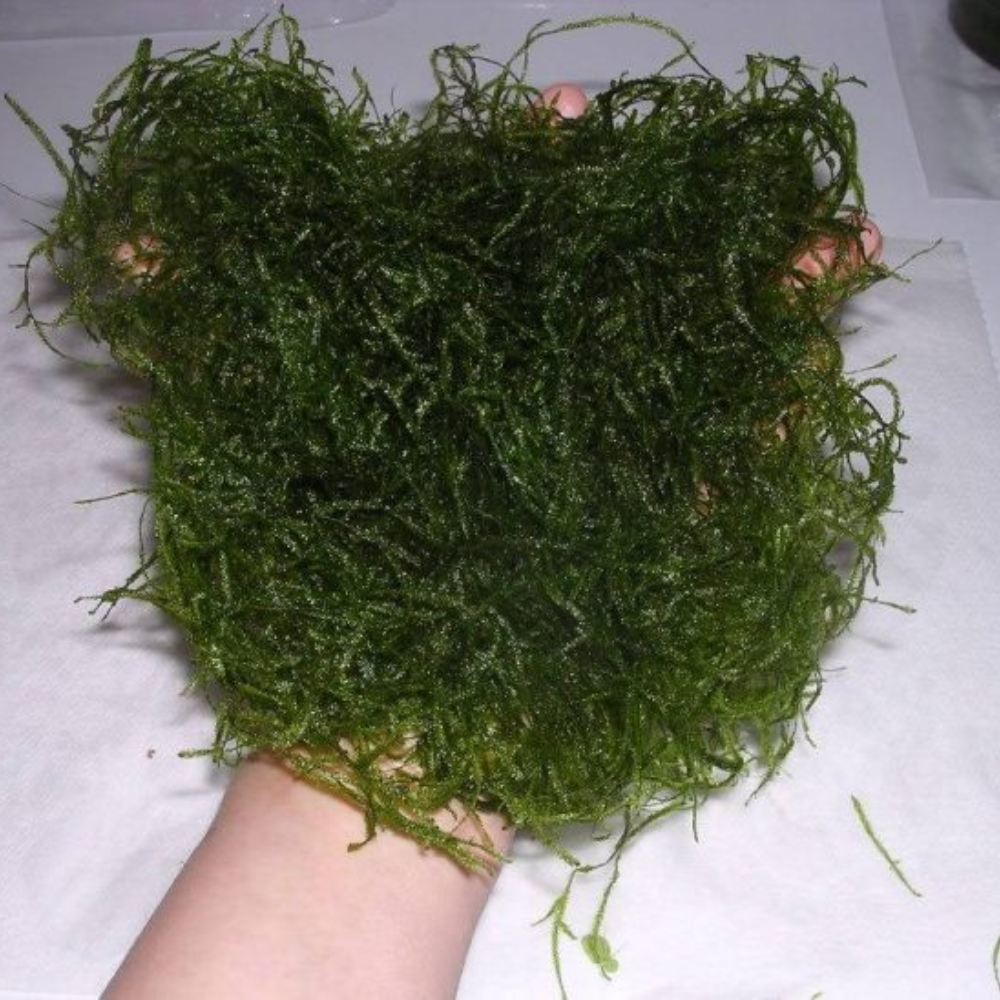
Methods included absorbing the discharge with a folded cloth or pulling out moss from the forest floor to act as an artificial sanitary pad. Obviously, this practice didn’t yield beautiful results as it resulted in infections and bacteria growth.
Sickening Beauty
During the 18th century, the primary component that society used to measure a woman’s beauty was the paleness of her skin. This isn’t a strange criteria, since it’s still prevalent in places like Korea.

However, the problem with this standard was that it led women to purchase and apply chalk powder to make their face appear whiter, while others went as far as ingesting chalk, which did make them pale, but only because they were sick.
Rotting Teeth Was a Symbol of Wealth
Since sugar was a luxury available to individuals of the upper class, they suffered the consequences of having sugar-rotted teeth. Keep in mind that this rot was also the result of their excessive herbal tea and poor oral hygiene.
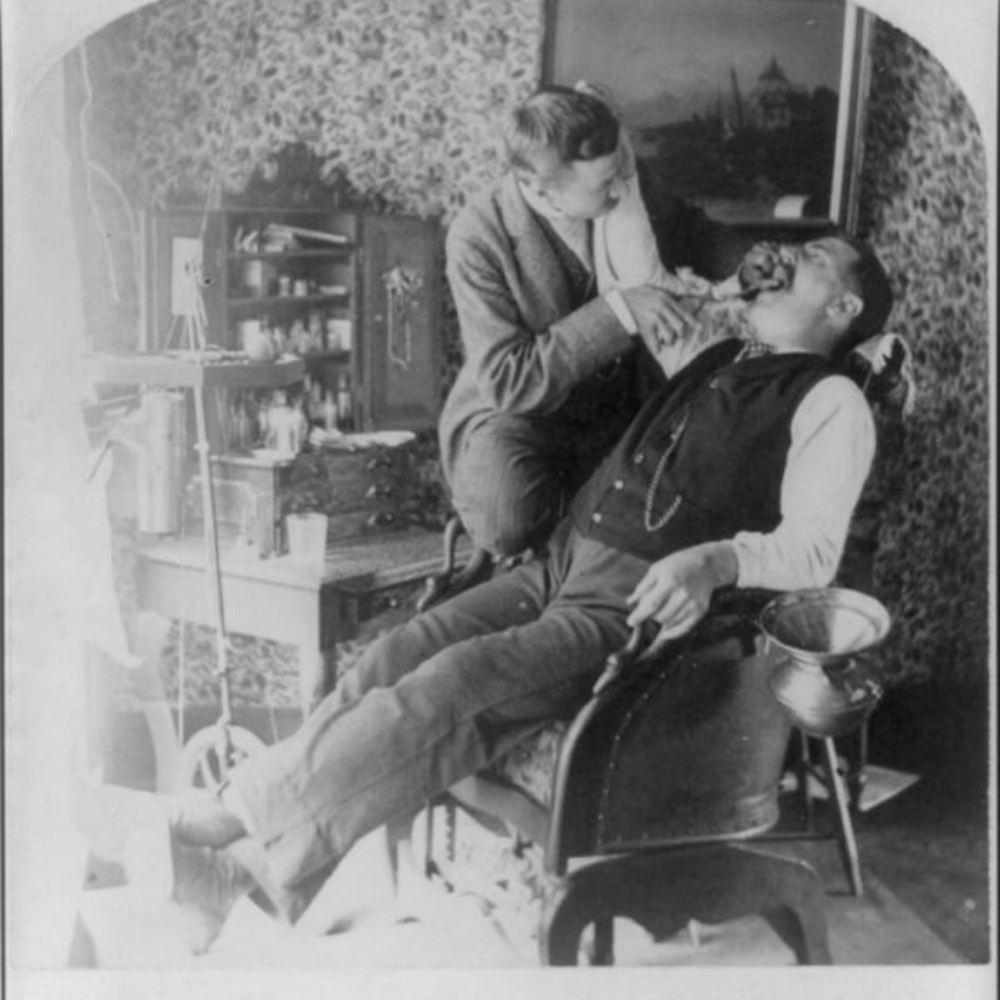
While this was an unhealthy oral condition, it was considered to be a symbol of wealth as many also faked having the disease to look wealthy. They could do so by coloring their teeth brown or washing them continuously with lye soup.
Unscientific Birth Control
From using body odor as a defense mechanism against men, to inserting crocodile dung as a form of contraceptive, we can conclude that the colonial era wasn’t a blissful time for women. One of their unscientific contraceptives featured a brew made of questionable ingredients.
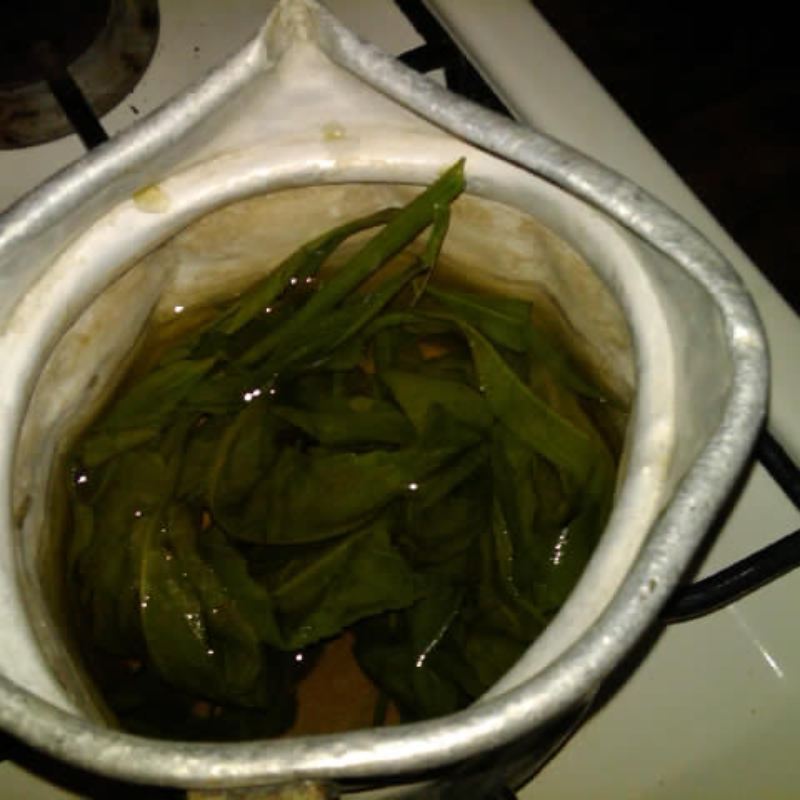
This mixture includes a Canadian tea that was brewed from the genitals of male beavers. No one knows the science behind this concoction, but we can all agree that it makes our stomachs churn.
Poor Hygiene = Sin
While doctors were conflicted on personal hygiene, religion chipped in to offer its ideology on the subject. It claimed that uncleanliness was directly linked to sin and the devil.

This opinion seems to be an excerpt from the Bible where the Israelites had to wash before appearing before the almighty. Unfortunately, this claim had some moral implications, causing people to limit their association with individuals who bathed less frequently.
George Washington’s Filthy Soldiers
During the Revolutionary War, George Washington knew that personal hygiene was essential to preventing the spread of diseases, so he ordered his men to wash regularly. However, these commands fell on deaf ears as the soldiers ignored them because they were a hassle to obey.
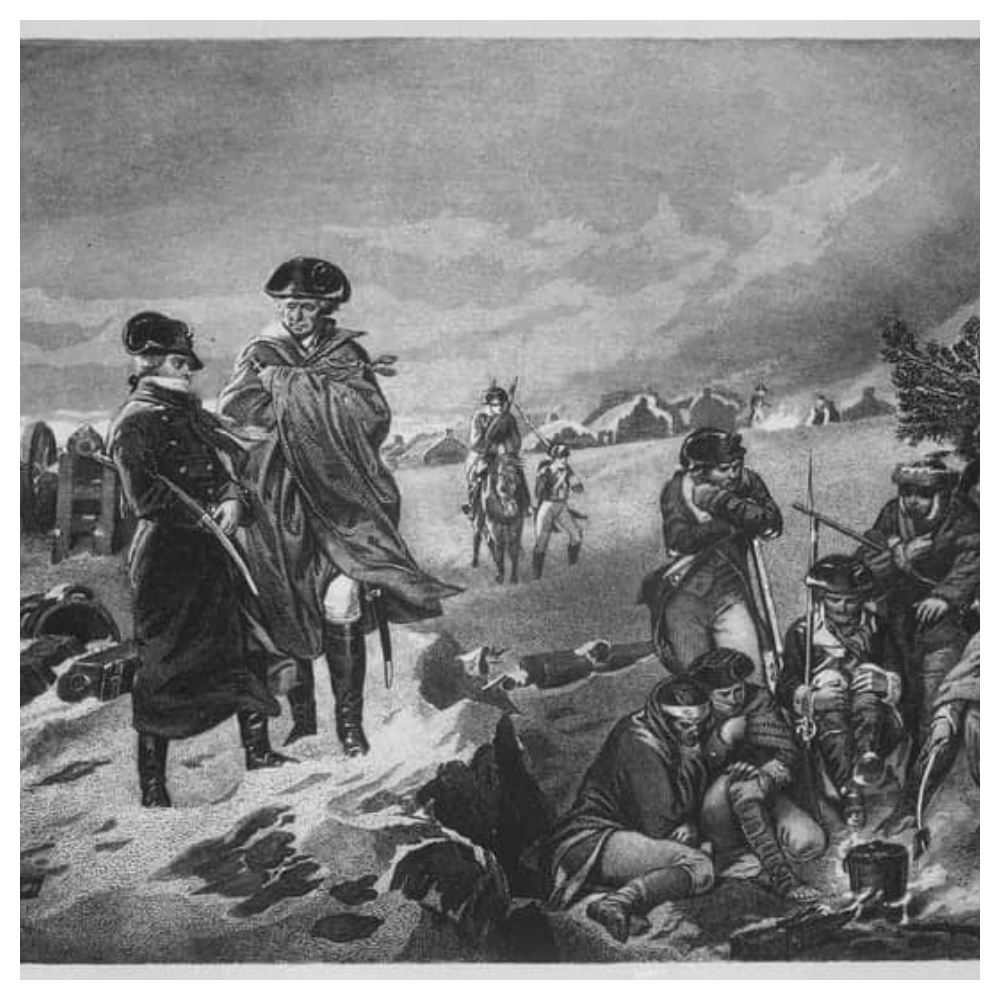
Fortunately, George Washington was able to maintain camp cleanliness with the help of “camp followers” – women who assisted the soldiers with cooking, cleaning, and other essential services.
Anyone Could Pull a Tooth Out
Since there were no American dentists during the colonial era, removing a toothache would require you to visit a skilled adult such as the blacksmith, barber, apothecary, or surgeon.

The unique tool these individuals used for teeth removal consisted of natural remedies like alcohol, figs, and opium to numb the aching tooth or extract it. Obviously, these procedures were dangerous and often led to the teeth becoming infected for several months, even years.
George Washington Bought Teeth
It’s no surprise to see George Washington appear multiple times in this list since he was a significant figure during the Colonial era. It might be impossible to imagine, but according to George Washington’s ledger, he paid six pounds and two shillings to “Negros for nine Teeth on Acct of Dr Lemoin”.
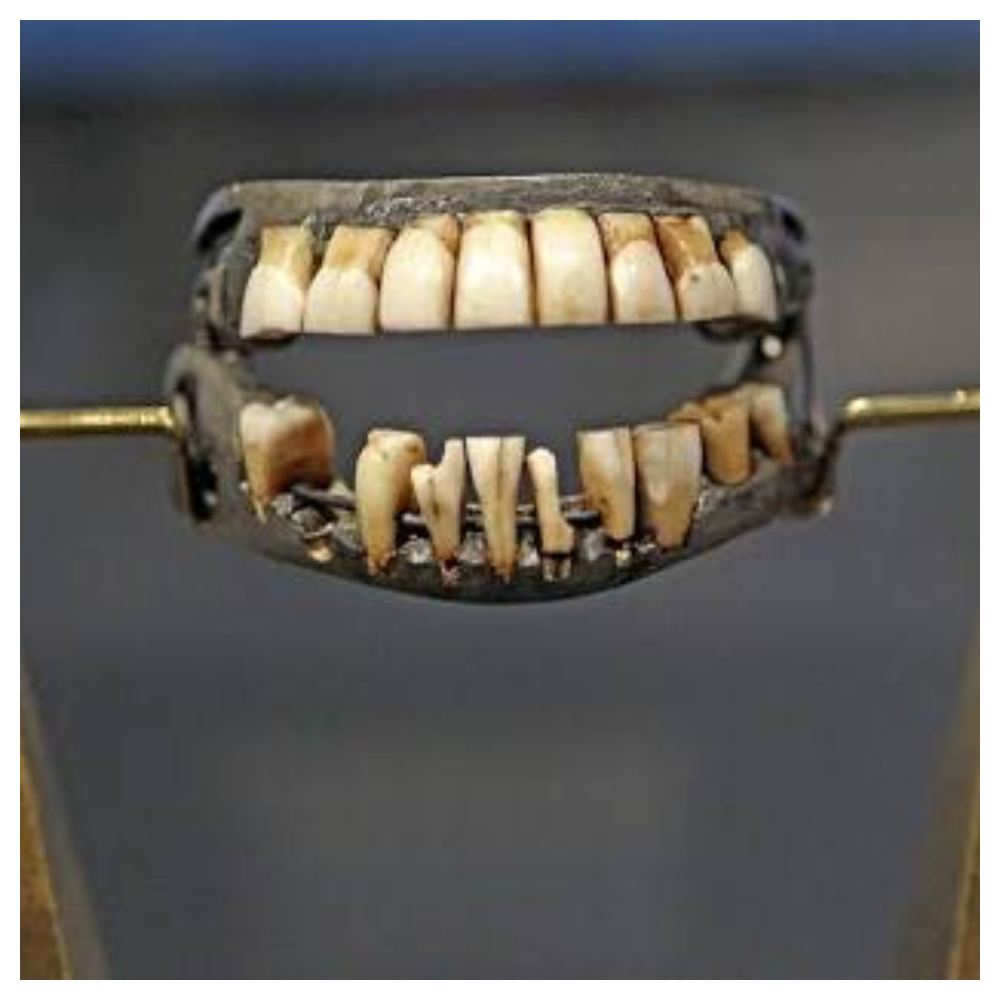
While this act might seem gruesome and revolting, it was a common practice among poor folks who traded their healthy teeth in exchange for money. History records that Washington struggled with his teeth throughout his life.
We often take our access to good plumbing and a vast selection of cleaning products for granted, not knowing that they were nonexistent during the colonial era. The absence of these hygiene tools made America very unclean, as one English traveler remarked, “filthy, bordering on the beastly”. Today, we’ll be heading back to the colonial era to see their views on personal hygiene.